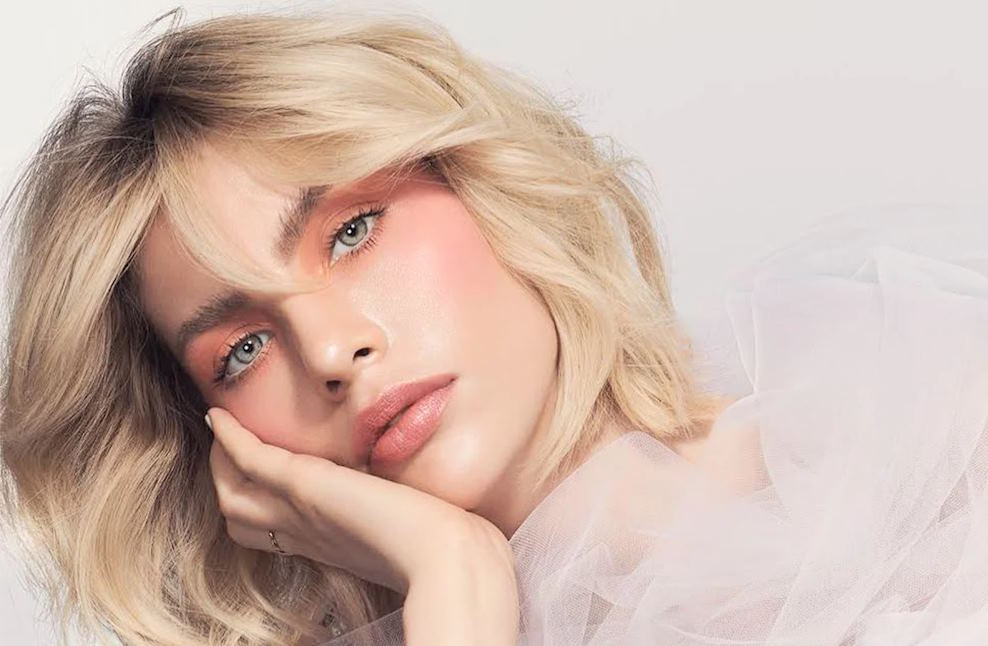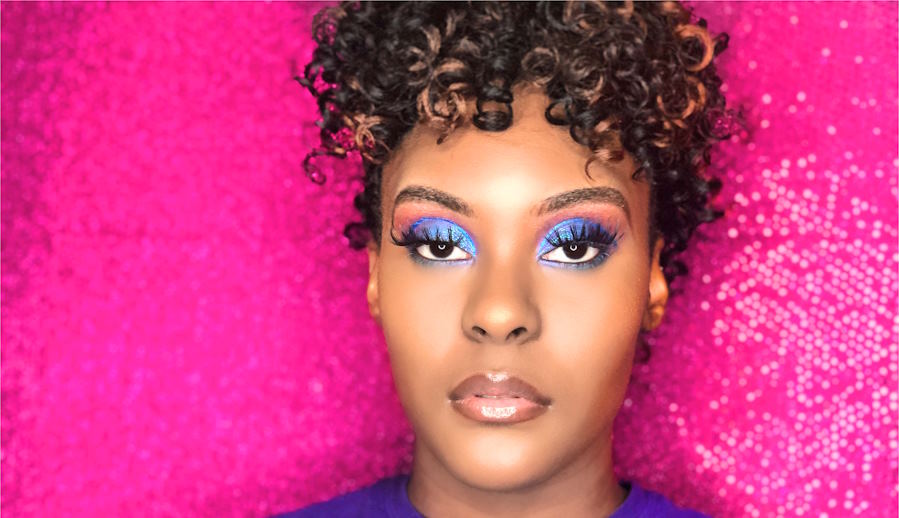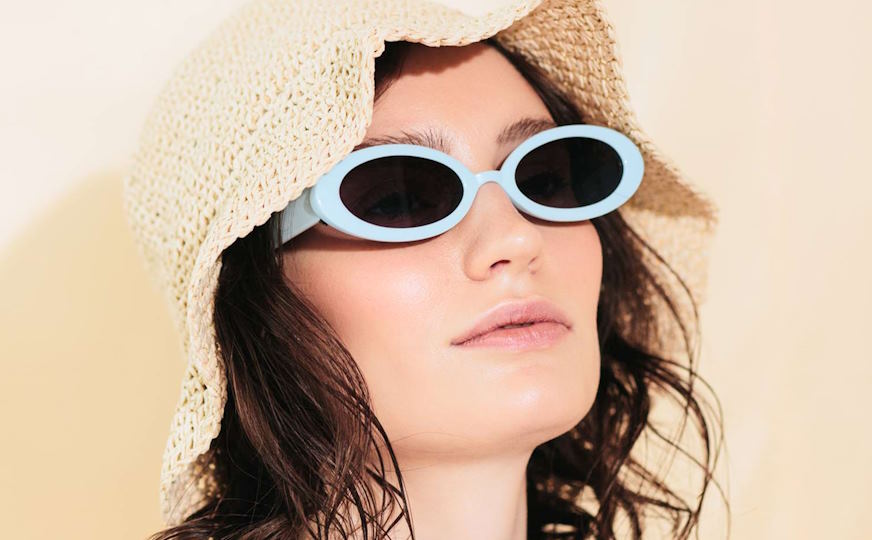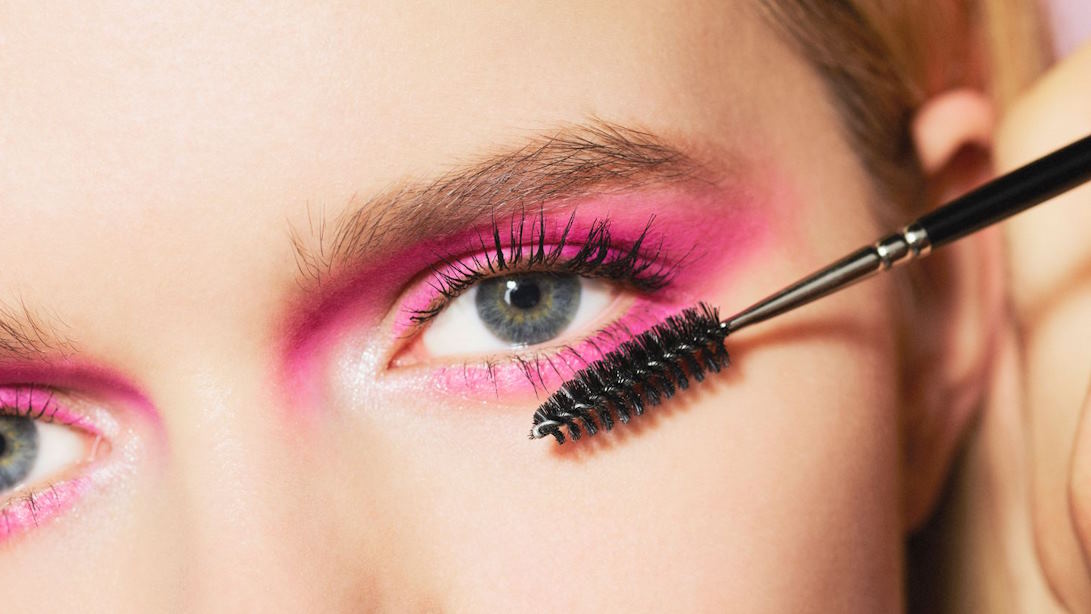Blush isn’t just about rosy cheeks; it’s an art form that can be as subtle or as bold as you desire. In this comprehensive guide, we’ll delve into the nuances of blush placement, exploring both basic and advanced techniques that will enable you to master the art of draping. Prepare to embark on a journey that will unveil the remarkable possibilities and endless creativity concealed within the blush brush.
Basic Blush Draping Techniques
Blush isn’t just about adding color; it’s about strategically enhancing your features and creating a flawless complexion. Let’s dive into some basic blush draping techniques that can elevate your makeup game.
Traditional Apple-of-the-Cheek Placement:
The traditional method involves applying blush directly on the apples of your cheeks for a healthy, flushed look. Smile to locate the apples, and then gently sweep your blush upward towards your temples. This technique works beautifully for most face shapes, offering a youthful and cheerful appearance.
Contouring and Sculpting with Blush:
Blush can be your secret weapon for sculpting and contouring. To define your cheekbones, choose a slightly deeper shade of blush and apply it just below your cheekbones. Blend it well to create shadows, adding dimension to your face. This technique mimics natural shadows, giving your face a chiseled and more defined appearance.
Gradient and Ombre Blush Effects:
For a trendy twist on blush application, consider the gradient or ombre effect. Start with a lighter blush shade near the apples of your cheeks and gradually blend into a slightly deeper shade towards your temples. This technique adds depth and a subtle pop of color that complements any makeup look.
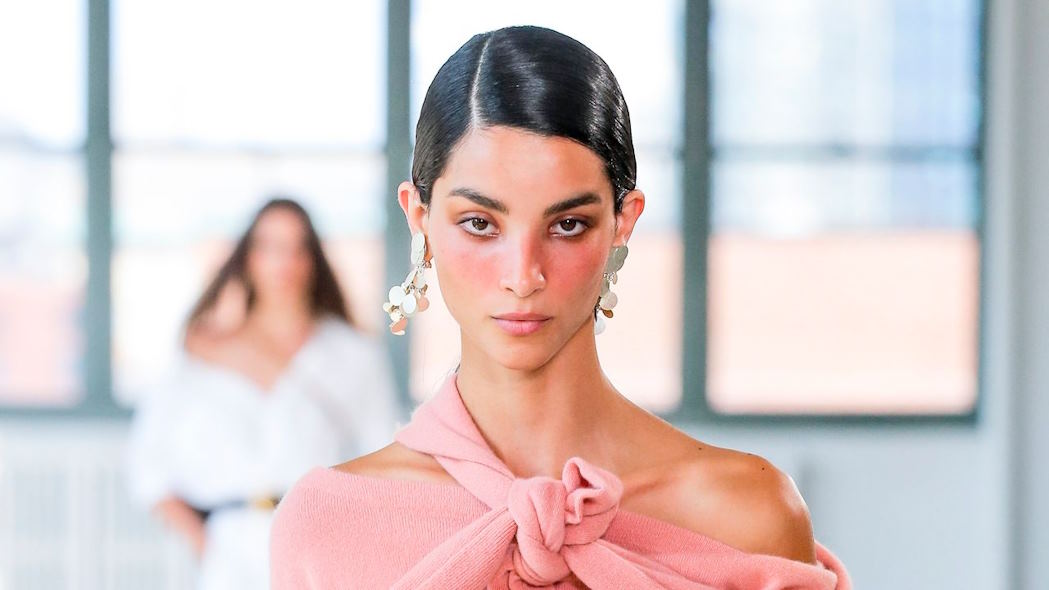
Tips for Achieving a Natural Look:
To keep your blush looking natural, less is often more. Begin with a light application, and build up the intensity gradually. Opt for blush shades that mimic your natural flush. Don’t forget to blend thoroughly; seamless blending ensures a soft and radiant finish that seamlessly enhances your features without overpowering them.
Advanced Draping Techniques
Once you’ve mastered the basics, it’s time to elevate your blush game with advanced draping techniques. These methods offer endless possibilities for creativity, allowing you to experiment and tailor your blush to suit various occasions and styles.
Strobing and Highlighting with Blush:
Blush isn’t just about color; it can also be a powerful tool for achieving a luminous, radiant complexion. To strobe with blush, choose a shade with a subtle shimmer or use a highlighter-infused blush. Apply it strategically to the high points of your cheeks, down the bridge of your nose, and on your cupid’s bow. This technique imparts a gorgeous, lit-from-within glow that can transform your look from ordinary to ethereal.
Draping for Different Occasions:
Understanding how to adapt your blush application for various occasions is essential. For daytime, opt for soft, natural hues and keep the application light for a fresh and youthful appearance. For evening events, intensify your blush slightly to make your features pop under artificial lighting. Special occasions call for bolder choices—consider experimenting with vibrant shades and artistic placements to create a statement look that complements your outfit and the event’s ambiance.
Incorporating Blush into Creative Makeup Looks:
Blush isn’t limited to cheek application. In creative makeup looks, you can use blush to add a touch of color and dimension to unexpected areas, such as your eyelids or even your lips. Blush can transform into an artistic tool, allowing you to express your unique style and creativity. Experiment with blush draping techniques to craft avant-garde, editorial, or themed looks that turn heads and showcase your makeup prowess.
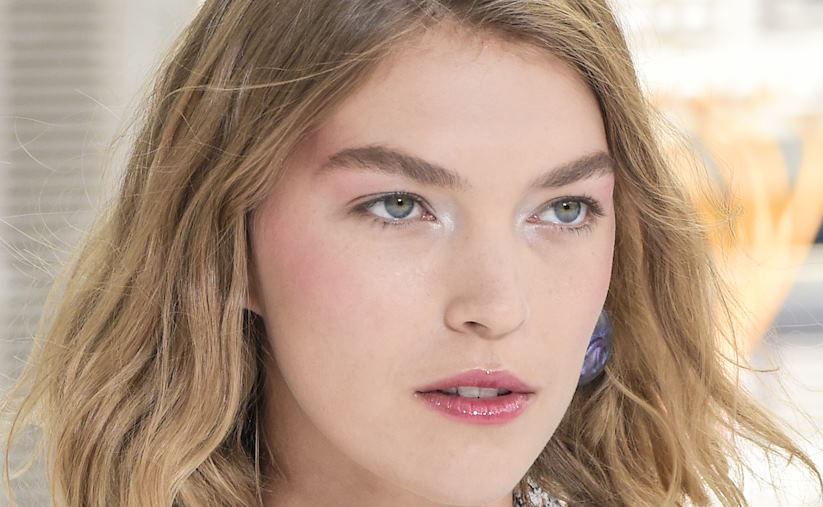
Tips for Blush Application
Getting your blush just right can be a game-changer in your makeup routine. To achieve a flawless blush application, consider these essential tips and techniques:
Prepping the Skin for Blush:
Before diving into blush application, ensure your skin is clean, moisturized, and properly primed. This creates a smooth canvas for your blush to adhere to, helping it last longer and appear more vibrant. Applying a light layer of foundation or tinted moisturizer can also help create an even base for your blush.
Layering Blush for Intensity:
Achieving the perfect blush intensity often requires layering. Start with a light application and gradually build up the color to your desired level. This technique prevents over-application and ensures a natural, blended look. Remember, it’s easier to add more blush than to remove excess.
Blending and Buffing Techniques:
Blending is the key to seamless blush application. After applying your blush, use a clean makeup brush to blend it out, making sure there are no harsh lines or edges. Circular motions or gentle upward strokes work wonders to soften the blush and create a natural flush. Blending also helps meld the blush with other makeup elements, like contour and highlight.
Fixing Blush Mishaps:
Mistakes happen, but they can be easily corrected. If you’ve applied too much blush, don’t worry. Simply take a clean makeup sponge or brush and lightly buff over the blush to diffuse the color. You can also use a bit of translucent powder to tone down excessive blush. For precise corrections, use a makeup remover wipe or cotton swab to gently erase any misplaced blush.

